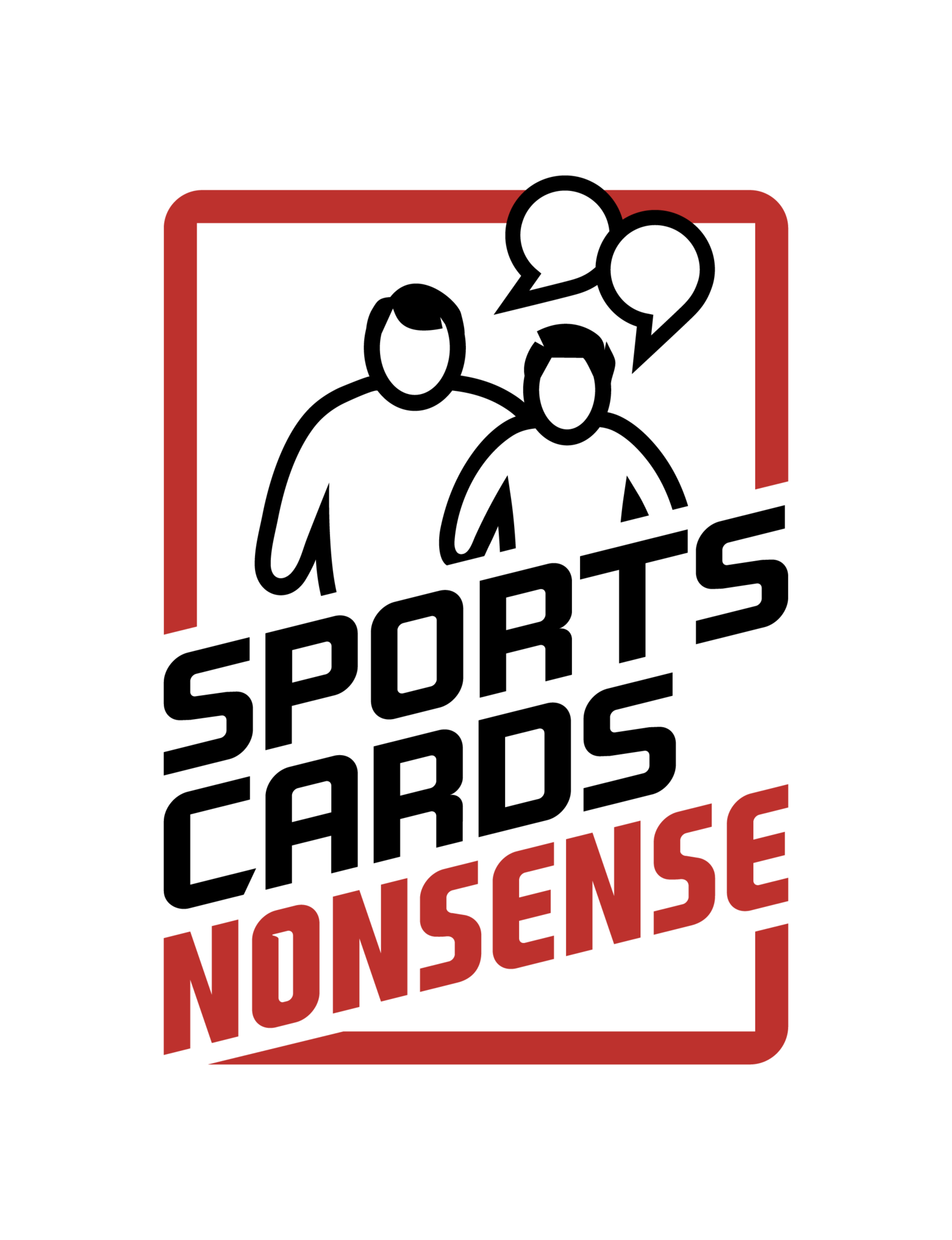Grading Decisions
I’ve been grading cards about as long as grading cards has been around, seriously.
I remember decades ago thinking this was such an awesome thing for the hobby, and I wanted to be a part of it.
So, way back in the day, I sent cards to a little-known company called PSA.
I got them back, in a very expedited manner, and then put them in my showcases — and no one bought them.
For real, there was a time, in the very early days, where graded cards were taboo.
Well, times have certainly changed, haven’t they?
Personally, I’m glad to see grading evolve to become such an important part of the hobby.
To me, it helps the credibility of collections, and I like that a lot.
However, the debate about who to grade with is getting a little tired, and honestly, it’s a question that really has no clear answer.
I am here to say though, I grade way more with SGC than any other company — way more, PSA included.
Why?
There’s several reasons, including customer service and pricing, but in the end, it boils down to speed and consistency for me — and some basic math.
I have developed a rule over the past several years that I’m going to share with all of you, and it’s pretty simple.
If the card’s raw value is over $250 — it goes to PSA. Period.
The high-end value is undeniable, especially on ultra-modern cards.
If it falls below that threshold, or is a vintage card — it’s headed to my friends at SGC.
I know, the resale is less by nearly 20%, in some cases, on SGC slabs compared to PSA.
But, let me explain something to you all — and I think when you think about it, it’ll blow your mind, too.
Let’s start with an example, I have a raw $20 Mike Trout /299 card I want to grade to try and maximize its value, and it looks like it has a sporting chance at a 10. It’s Tampa Bay-bound ASAP.
I’ll tell you why.
If it gems, let’s say I can sell it for $75, leaving me roughly a $40 profit (have to figure in the $15 for grading, remember).
Now, sure, that card in a PSA 10 could be sold for $100, let’s say. Leaving me a profit margin of (after grading fees of $19.99 — recently they raised prices for some reason — for members) $60 on that card, which is cool.
And here’s where the catch is — I’m waiting about 6 weeks (42 days) for my cards to come back from PSA.
I’m waiting 8 days, on average, for them to get back to me from SGC, but let’s give round that to 10 days for argument’s sake.
Meaning, I’m making that $40 profit, theoretically, every 10 days.
So, that means I can send that Trout card to SGC about four times and get it back before I would get one single submission of that card back from PSA.
And if my math is correct, 4 x $40 = $160 total profit, as opposed to $60 in total profit during the same time frame waiting for PSA.
Now, admittedly, this is the best case scenario in terms of grades of the cards. If it’s not a 10, you’re in trouble. If you get an SGC 9, for example, you’re probably losing money and you need to get better at going over your submissions. A SGC 9.5, I’ve found, actually out-paces the pricing of a PSA 9, so you may have a shot at a little profit, but it won’t be much. Point is, there’s risk involved in my strategy here, I know that.
And this really only works with these lower-value cards where volume is the main driver for success.
That said, that’s the bulk of what I do so this makes a lot of sense for me, and many of you as well.
Now, keep in mind, I’m not claiming to have unlocked the great mystery that is grading cards— it’s just how I approach it right now, and it’s worked for me.
Whatever the strategy or system you implement in your business — have fun with it, please. That is what the hobby should be about anyhow.

